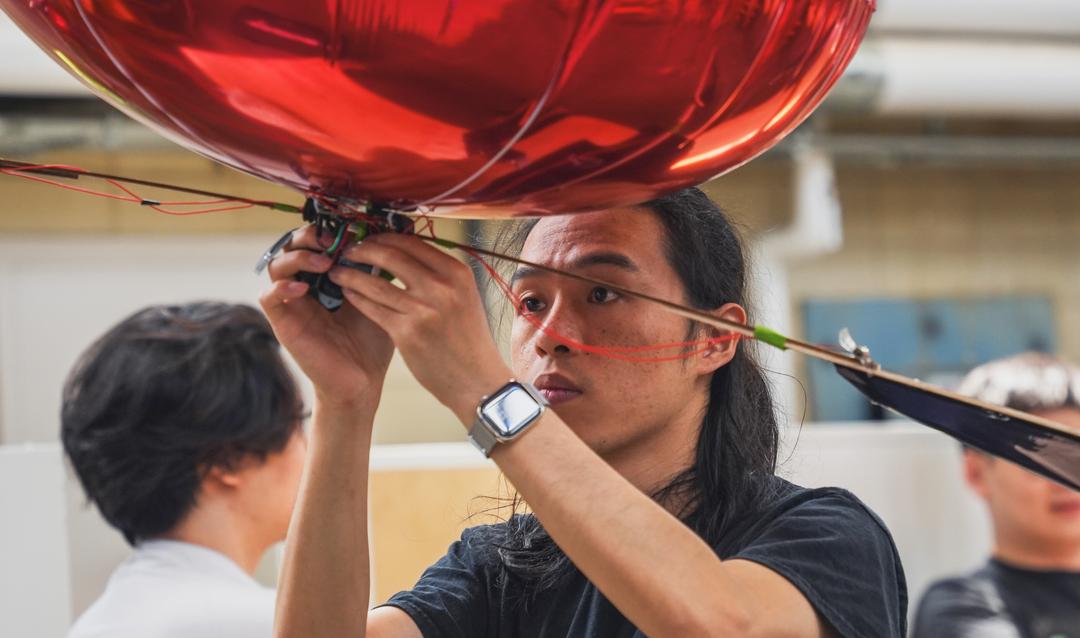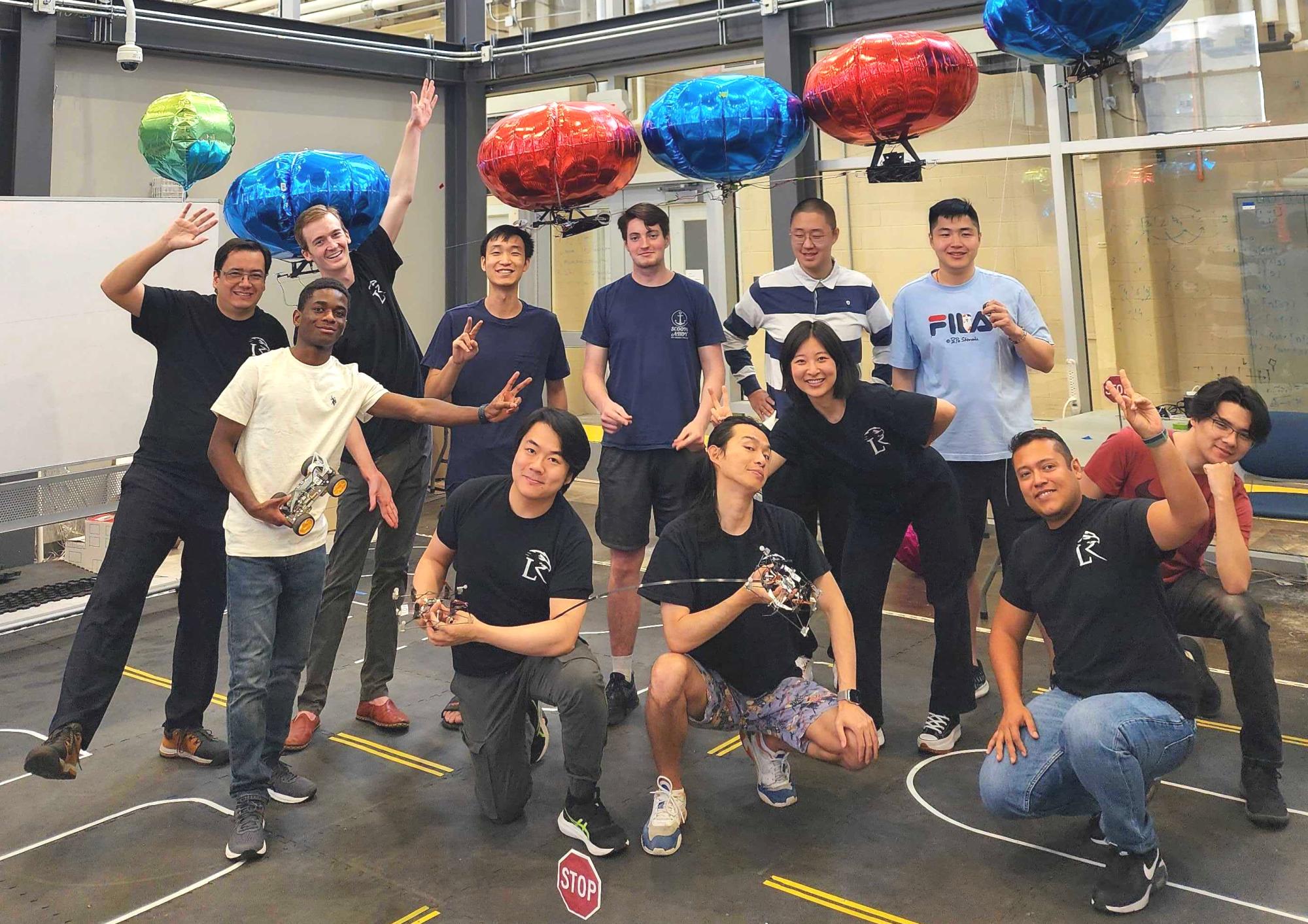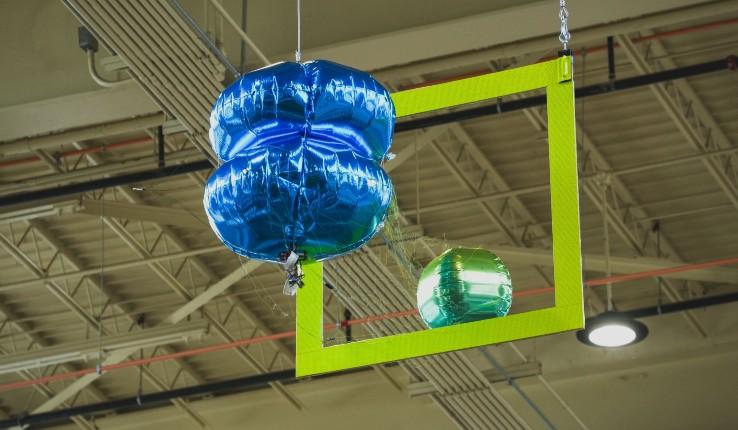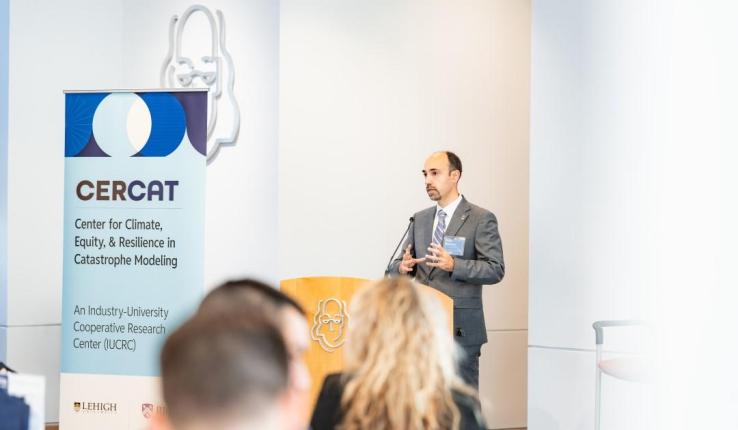Typically, he says, robot swarms are manipulated by controlling each robot individually. And to be successful, swarms must operate in well-defined spaces and environmental conditions—with negligible or constant wind, for example—and be tested repeatedly in that space.
“If I send the robots to a different environment where there might be obstacles, moving objects, and wind, it’s a different story,” says Saldaña. “We’re still very limited with what we can do.”
Saldaña and his team hypothesize that if the robots are physically connected—like ants that use their bodies to form a bridge for others in the colony to traverse—they may be easier to control and more robust to challenging conditions. The researchers will test three types of physical connectors: rigid bars, flat sheets and ropes. They will use each to perform a variety of tasks and measure how effective the connected robots are in grabbing and transporting objects.
What makes the team’s approach particularly novel, he says, is that they are developing new control algorithms while creating these robots from scratch.
“In our lab, we don’t buy robots, we make robots,” he says. “And since the robots we’re using don’t exist anywhere else, we have to push the boundary in control theory. As we’ve advanced the design, we’ve discovered some very interesting control problems that haven’t been explored in the literature. We’re constantly going back and forth between hardware and software, and that’s what makes this project so interesting.”
The team has already developed prototypes using each approach and will test them in November at the annual Defend the Republic Drone Competition. This year’s event is being held Nov. 17 on Lehigh’s Mountaintop Campus (in High Bay C2). It will feature eight university teams competing in a Quidditch-esque game (see: Harry Potter) in which autonomous robots vie to capture floating helium balloons and deliver them to the opponent’s goal: Lehigh University, George Mason University, University of Florida, Baylor University, West Virginia University, Indiana University, Virginia Tech and Drexel University The purpose of the competition is to drive research and innovation in vehicle design, multi-agent control, swarm behaviors, and communication.







